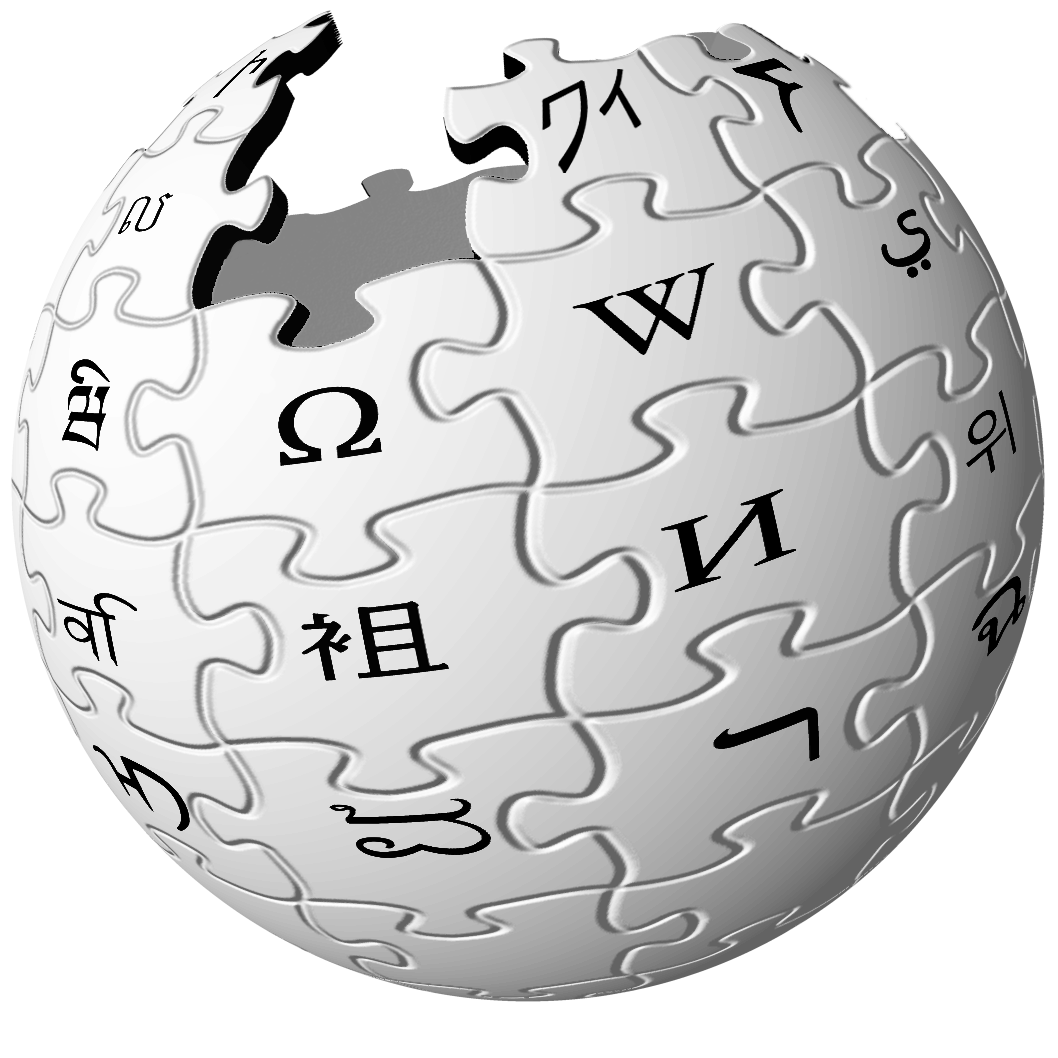Khateeb, I have no idea, but I can surmise based on:

If your technology is handwriting, it doesn’t particularly matter whether your writing is vertical or horizontal, or a mix of both.
If you’re writing online in 2017, and you want to use a vertical script like Mongolian… well, read Nick Nicholas’ answer to Why doesn’t Mongolia use the Uighur script again and leave out Cyrillic?
And Nastaliq goes both vertical and horizontal. If you read the Wikipedia page, metallic, traditional typesetting of Nastaliq has been a non-starter for that reason. Digital typesetting in theory should be easier, but of course in practice it is a hassle, especially if you can just use Naskh as an alternative.
Wikipedia says that the InPage custom Desktop Publishing software, which exists to do Nastaliq, is extensively used now for Urdu. For publishing, maybe; the Medium blog above shows how little penetration Nastaliq has had among laypeople online, and how grateful they were that Microsoft started supporting Nastaliq at all in 2011.
Khateeb, you’ll have to tell me how widely Nastaliq is seen in Urdu. You asked though about Persian. If I interpret Wikipedia correctly, while Nastaliq originated in Persia, its use in Persian is limited to poetry; Pashto uses both Naskh and Nastaliq, and Kashmiri, Punjabi and Urdu—and Ottoman Turkish—used Nastaliq. For whatever reason, it seems that Nastaliq flourished as an everyday script, rather than a calligraphy-only script, only east of Persia. Possibly because Persia neighbours Naskh territory (Arabic), and Urdu neighbours Persian, not Arabic.
So, if I had to guess why Persian sticks with Naskh: combination of technical difficulties, and not a strong enough identification with Nastaliq to bother surmounting the technical difficulties (unlike Urdu).


